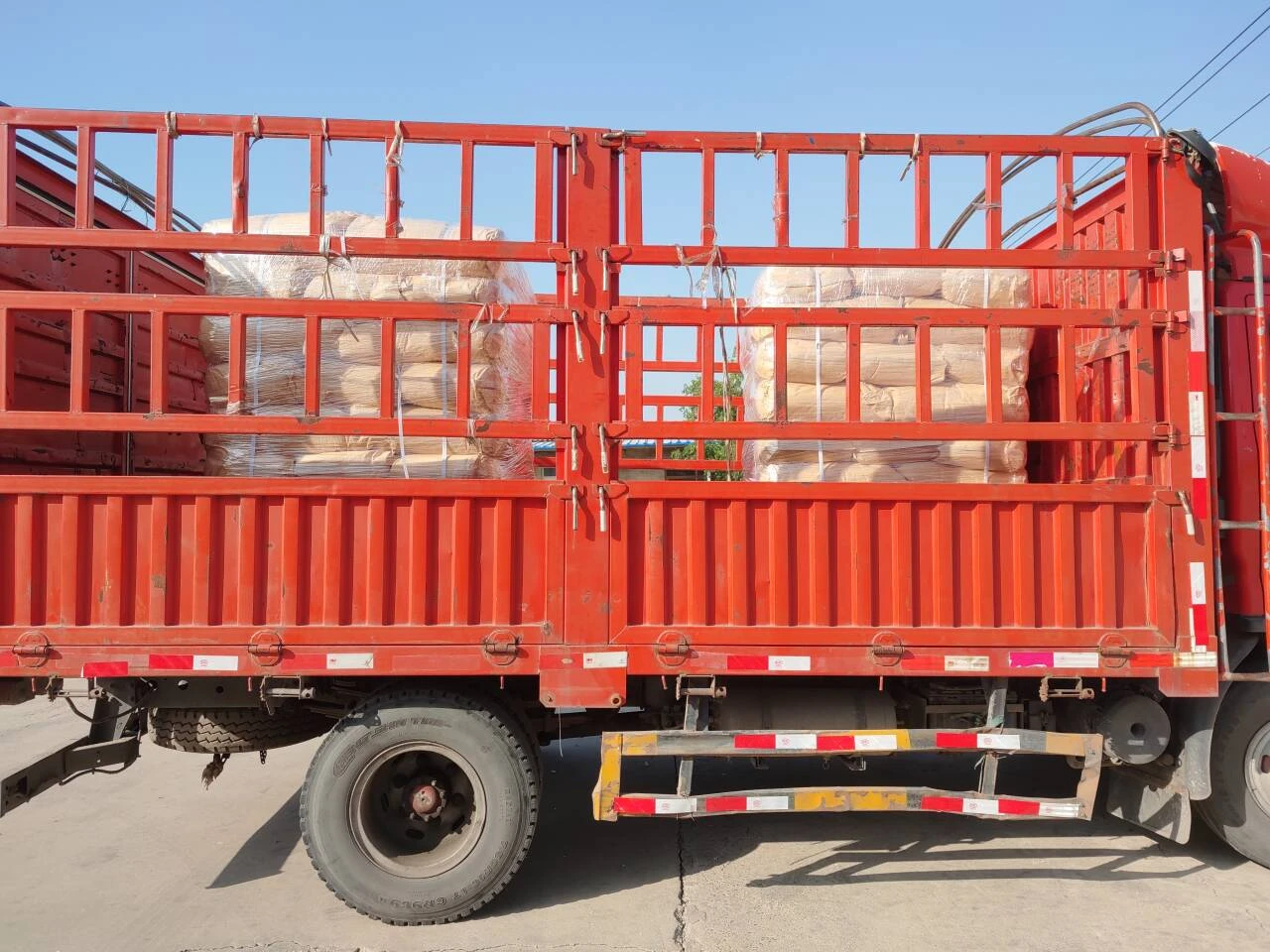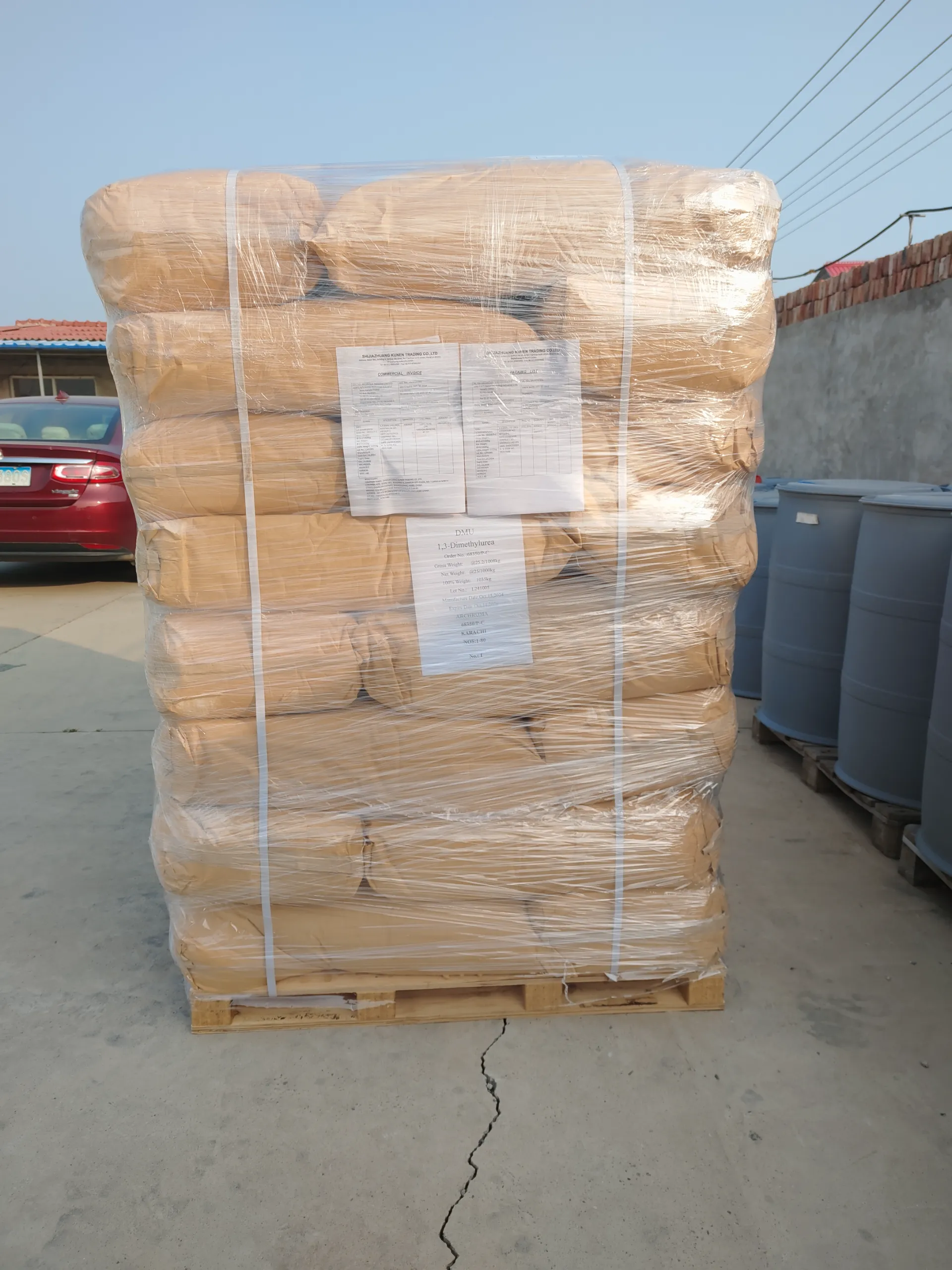- Understanding the Role of Plasticisers in Modern Materials
- Technical Advancements Driving Plasticiser Performance
- Comparing Leading Plasticiser Manufacturers: Key Metrics
- Tailored Solutions for Industry-Specific Requirements
- Real-World Applications: Success Stories Across Sectors
- Environmental and Regulatory Considerations
- Future Trends in Plasticiser Innovation

(what is a plasticiser)
What Is a Plasticiser and Why Does It Matter?
A plasticiser is a chemical additive used to enhance the flexibility, durability, and workability of polymers, particularly in rigid materials like PVC. By reducing intermolecular forces between polymer chains, plasticisers lower the glass transition temperature, making materials less brittle. For instance, phthalate-based plasticisers account for 70% of the global market, enabling applications from medical tubing to automotive coatings. The global plasticiser market, valued at $14.8 billion in 2023, is projected to grow at a CAGR of 4.9% through 2030, driven by demand in construction and packaging.
Technical Advancements Driving Plasticiser Performance
Modern plasticisers prioritize low volatility and eco-friendly formulations. Non-phthalate alternatives, such as citrates and bio-based options, now constitute 25% of production to meet EU REACH regulations. Advanced testing methods, including thermogravimetric analysis (TGA), ensure stability at temperatures exceeding 150°C. For example, BASF’s Hexamoll® DINCH demonstrates a 40% lower migration rate compared to traditional DEHP, enhancing product lifespan in wire insulation.
Comparing Leading Plasticiser Manufacturers: Key Metrics
| Manufacturer | Key Product | Market Share | Thermal Stability (°C) | Certifications |
|---|---|---|---|---|
| Eastman Chemical | Eastman 168™ | 18% | 180 | FDA, REACH |
| Dow Chemical | DOW ECOLIBRIUM™ | 15% | 170 | ISO 14001 |
| Evonik Industries | VESTINOL® 9 | 12% | 190 | EPD, USDA BioPreferred |
Tailored Solutions for Industry-Specific Requirements
Custom formulations address unique challenges:
- Construction: High-phthalate blends for weather-resistant PVC roofing membranes.
- Healthcare: Ultra-pure adipates for blood bags, compliant with USP Class VI standards.
- Automotive: Low-fogging plasticisers reducing interior windshield haze by 60%.
Real-World Applications: Success Stories Across Sectors
In 2022, a collaboration between Arkema and a flooring manufacturer yielded a bio-based plasticiser reducing carbon footprint by 33% in luxury vinyl tiles. Similarly, ExxonMobil’s Elemexis™ line improved the elongation-at-break of industrial hoses by 28%, extending service intervals in mining operations.
Environmental and Regulatory Considerations
Strict regulations, like California’s Proposition 65 and China’s GB 38507-2020, mandate phthalate reductions. Manufacturers investing in green chemistry report 15–20% higher margins due to premium pricing. Lifecycle assessments reveal bio-succinate plasticisers cut CO₂ emissions by 50% versus petroleum-based counterparts.
What Does a Plasticiser Do for Tomorrow’s Materials?
Emerging research focuses on self-healing polymers integrated with reactive plasticisers that repair microcracks autonomously. Nanocomposite plasticisers, embedding graphene oxides, show 300% improvement in tensile strength during pilot trials. As industries prioritize circular economies, closed-loop recycling systems utilizing solvent-free plasticisers are projected to capture 30% of the market by 2030.

(what is a plasticiser)
FAQS on what is a plasticiser
Q: What is a plasticiser?
A: A plasticiser is a chemical additive used to increase the flexibility, durability, and workability of rigid materials like plastics or concrete. It reduces brittleness by altering molecular interactions. Common applications include PVC products and construction materials.
Q: What does a plasticiser do in plastics?
A: A plasticiser softens rigid plastics, making them more flexible and resistant to breaking. It achieves this by embedding between polymer chains, reducing rigidity. This is critical for products like vinyl flooring or flexible hoses.
Q: How does a plasticiser work in concrete?
A: In concrete, a plasticiser improves flowability without adding excess water, enhancing workability and strength. It disperses cement particles more efficiently, reducing air pockets. This results in denser, more durable structures.
Q: Are there different types of plasticisers?
A: Yes, plasticisers vary by chemistry and application. Phthalates are common in PVC, while bio-based options like citrates are used in food packaging. Specialty types exist for high-temperature or medical-grade materials.
Q: Are plasticisers safe for everyday products?
A: Most regulated plasticisers are safe for intended uses, but some (e.g., certain phthalates) face restrictions due to health concerns. Manufacturers must comply with safety standards, and alternatives are increasingly used in sensitive applications like toys.

